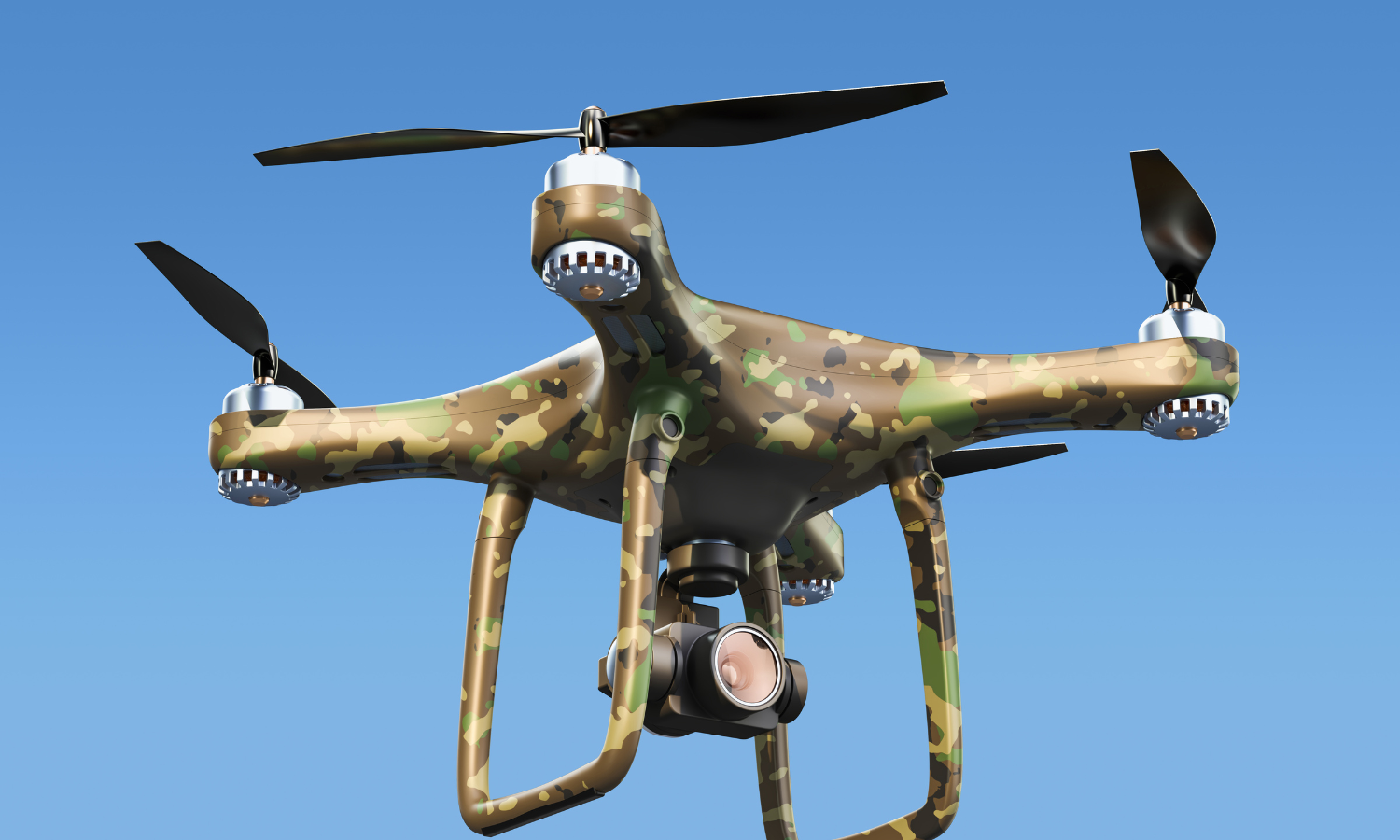
14 Sep Upcoming Regulations for Drone Remote Identification
by Lonnie Cain
September 17, 2023
What is drone remote identification, and why is it important?
Think of the drone remote identification (remote ID) as an electronically embedded license plate for an uncrewed aircraft. Just like cars’ license plates, drone remote ID communicates important information. Standard remote identification must be able to broadcast approximately unique identifiers of the drone, including geometric altitude, velocity, latitude and longitude of the aircraft and the drone operator, emergency status of the drone and identity of the aircraft.[1] The remote ID will make it easier for authorities and other parties to know a drone’s altitude, current location, and take-off location. This is vital for maintaining safety and visibility in the skies as an increasing number of crewed and uncrewed aircraft (including recreational drones, commercial drones, and electric vertical take-off and landing (eVTOL) aircraft) operate in shared spaces. Knowing a drone’s location and route is critical to avoiding collisions with crewed aircraft and other drones.
Recreational drone flights by uncertified operators always need to be in the line of sight of either the operator or someone in direct communication with the operator.[2] However, operators who hold a specific certification through the Federal Aviation Administration (FAA) may pilot their drones past their line of sight.[3] As drones have a limited field of view themselves and thus can’t reliably see hazards,[4] it is important for them to broadcast their location to warn other aircraft, which may not be able to see and avoid a drone while flying.[5], [6] Consider the first official drone-aircraft collision in the United States,[7] when, in 2017, a civilian-operated drone collided with a U.S. Army helicopter, causing damage to the helicopter’s rotor blade, window frame, and transmission deck.[8] The civilian operator had (against amateur requirements) not kept the drone in his line of sight.[9]
Though registration has been on the FAA’s radar since at least 2013, when the FAA published the first edition of Integrating Civil Unmanned Aircraft Systems (UAS) in the National Airspace System (NAS) Roadmap,[10] the first real registration requirement did not follow until 2016.[11] Now, starting March 16, 2024,[12] basically all drone pilots[13] must operate their drones in accordance with the rule on Remote ID.[14], [15] The date for drone remote ID enforcement had initially been September 26, 2023,[16] but was extended because the FAA recognized some operators’ difficulty in obtaining remote identification broadcast modules.[17]
In conclusion, the FAA’s newly established regulations further facilitate the safe use of our national airspace. As formerly nontraditional crafts utilize airspace in the coming years, this action constitutes a necessary step in addressing the complex needs of tomorrow. Safety is not just the FAA’s concern, but everyone’s concern – and these proactive measures by the FAA will help to manage air traffic and fully integrate the national airspace.
[1] 14 C.F.R. § 89.305 (2023).
[2] See 49 U.S.C. § 44809(a)(3) (2018).
[3] Certified Remote Pilots Including Commercial Operators, Fed. Aviation Admin., https://www.faa.gov/uas/commercial_operators (last updated Aug. 8, 2023).
[4] The Next Frontier for Drone: Letting Them Fly Out of Sight, NBCNews (July 6, 2022), https://www.nbcnews.com/tech/tech-news/frontier-drones-letting-fly-sight-rcna36915.
[5] Certified Remote Pilots, FAA, supra note 2.
[6] Nat’l Trans. Safety Board, sUAS Pilot Interview DCA171A202AB (2017), https://data.ntsb.gov/Docket/Document/docBLOB?ID=40458775&FileExtension=.PDF&FileName=Pilot%20Interview-Master.PDF [hereinafter NTSB Interview].
[7] FAA Rules Ignorance Resulted in Drone-Helicopter Collision Over Staten Island, DroneDJ (Dec. 18, 2017), https://dronedj.com/2017/12/18/faa-rules-ignorance-resulted-in-drone-helicopter-collision-over-staten-island/.
[8] NTSB Interview, supra note 5.
[9] Id.
[10] Fed. Aviation Admin, Integrating Civil Unmanned Aircraft Systems (UAS) in the National Airspace System (NAS) Roadmap (1st. ed, 2013), https://irp.fas.org/program/collect/uas_roadmap_2013.pdf.
[11] FAA Announces Small UAS Registration Rule, Fed. Aviation Admin. (Dec. 14, 2015), https://www.faa.gov/newsroom/faa-announces-small-uas-registration-rule#:~:text=Registration%20is%20a%20statutory%20requirement,later%20than%20February%2019%2C%202016.
[12] FAA Extends Remote ID Enforcement Date Six Months, Fed. Aviation Admin. (Sept. 13, 2023), https://www.faa.gov/newsroom/faa-extends-remote-id-enforcement-date-six-months.
[13] See 49 U.S.C. § 89.101 (2021).
[14] UAS Remote Identification, Fed. Aviation Admin, https://www.faa.gov/uas/getting_started/remote_id (last updated Sept. 13, 2023).
[15] 14 C.F.R. § 89.110 (2023).
[16] UAS Remote Identification, supra note 14.
[17] FAA Extends Remote ID Enforcement Date, supra note 12.


